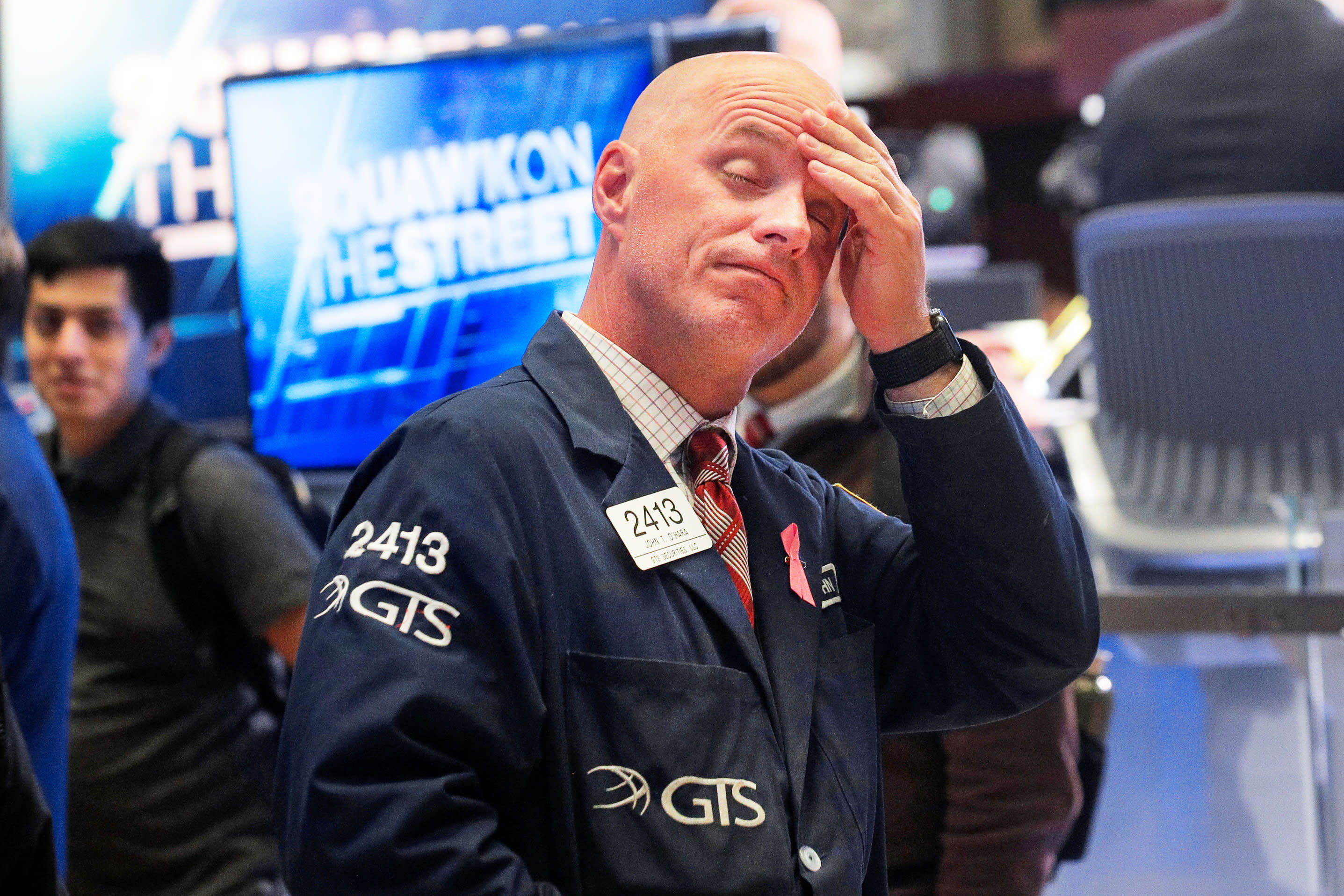This post was originally published on this site

UBS is predicting a decade of low returns and higher volatility for most financial assets.
In a report published Thursday, the Swiss bank set out a vision for 2030 which included working-age populations in developed countries shrinking by 25 million, increasing deglobalization and a “less favorable political backdrop” for high-income individuals.
The anticipated “decade of transformation” will mean “lower returns and high volatility” for most assets compared to the past decade, meaning investors targeting a given level of return “may therefore need to increase their allocation to riskier assets such as equities,” according to Mark Haefele, CIO of UBS Global Wealth Management.
The report projected that with the percentage of wealth in the U.S. owned by the top 0.1% approaching the same as that held by the bottom 90% for the first time since the 1930s, wealth redistribution policies will likely grow in popularity over the next decade.
“Left-leaning parties in countries like the U.S. and the U.K. are proposing increasingly radical prescriptions for addressing income and wealth inequality,” UBS economists said.
Causes of inequality have included lower corporate tax rates, automation, globalized supply chains and the rise of “capital-light superstar firms.”
These are businesses which do not require a great deal of capital to get off the ground, but have the potential to grow at rapid rates, such as web-based start-ups.
“Although voters in the months to come will provide an indication of whether wealth concentration has yet hit its political limits, investors should prepare for some combination of higher taxation, greater regulation, and antitrust measures over the next decade,” UBS added.
The lender also suggested the role of monetary policy will evolve into what Bridgewater Associates’ Ray Dalio has called “monetary policy 3 (MP3).”
Here, fiscal policy assumes a greater role in stimulating economies alongside monetary policy, with the most extreme example being central banks “handing over printed banknotes directly to consumers and governments,” the report hypothesized.
“Such policy could result in higher consumption, government spending, and economic growth, or end in inflationary catastrophe.”
Projected returns
Equity returns are expected to be “much lower” than in the last decade, with UBS expecting 4%-6% nominal returns per year in developed markets, in local currency terms. This is primarily due to modest economic growth, contracting profit margins and ageing populations.
However, equities should still return more than most other asset classes, particularly emerging markets, which UBS estimated will return around 9% annually in USD terms thanks to better potential for long term profit growth, though volatility will remain high.
With interest rates remaining broadly low, dollar-denominated high-grade bonds are expected to return around 2.5% a year over the next decade, with euro and Swiss franc (CHF) bonds bringing slightly negative returns. Emerging market dollar-denominated sovereign bonds are expected to yield around 4.9% a year.
Bond yields in Europe and the U.S. have spent much of 2019 in decline, driven by a wave of easing central bank policies and fears of a global economic downturn.

